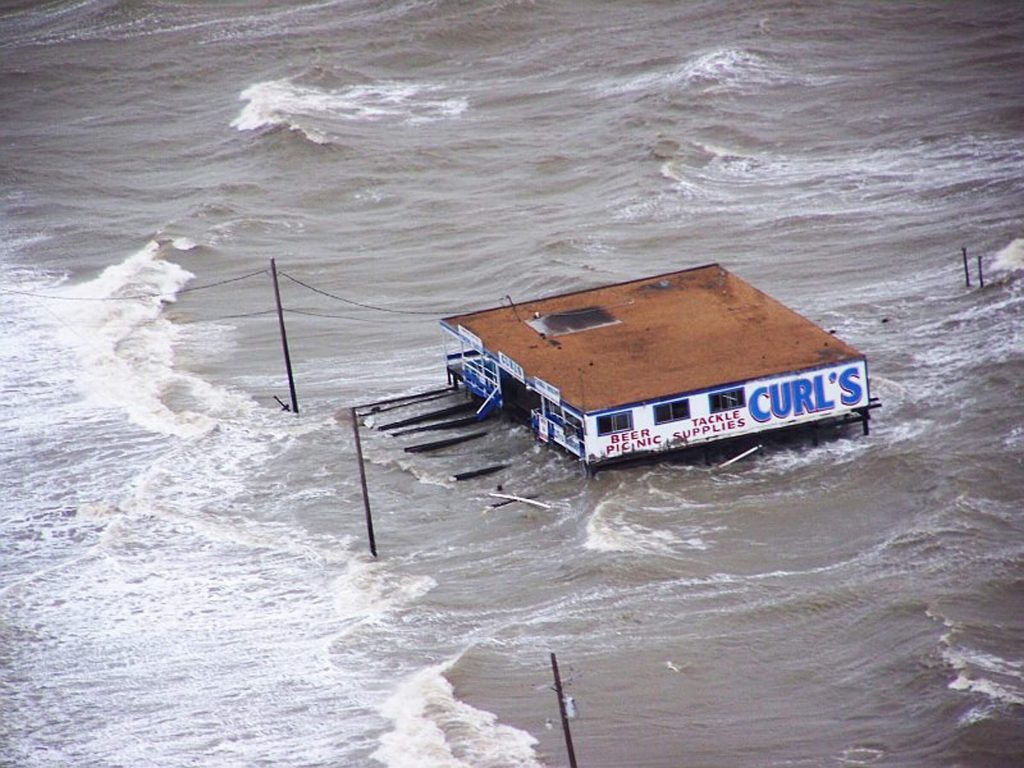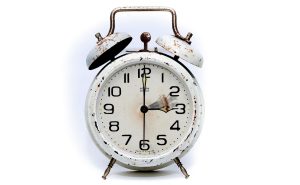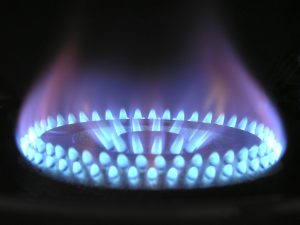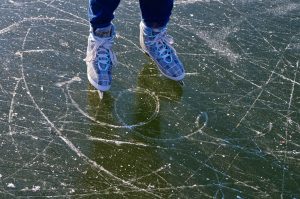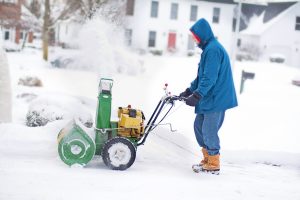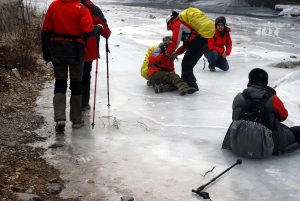Given this morning’s horrific news about the devastation wrought by Hurricane Laura in Louisiana, it’s time to review some basic food safety tips in the event you’re impacted by a flood or storm.
According to the USDA’s Food Safety and Inspection Service, food products stored in refrigerators can go bad in the event of a power outage or storm.
To keep you and your family safe, Security Specialists offers these handy tips to reduce spoiled or contaminated food if you find yourself in the path of a storm, such as Hurricane Laura.
- Double-check the temperature in your refrigerator and freezer before the storm hits and you lose power. Keep refrigerator temperatures at 40°F or lower and freezer temperatures at 0°F or lower to offer a level of protection for your food in the event of a power outage.
- If the power does go out – Keep the refrigerator and freezer doors closed as much as possible. A refrigerator will keep food cold for about four hours if the door is kept closed. A full freezer will hold its temperature for about 48 hours (24 hours if half-full).
- If a storm or power outage is anticipated to linger for any protracted length of time, purchase sufficient amounts of dry ice or block ice to keep food in the freezer and refrigerator cold. Additionally, it’s a good idea to have coolers on hand to keep immediate-use food cold.
- If you can’t find dry or blocked ice, freeze water in one-quart plastic storage bags or small containers to fit around the food in the refrigerator, freezer and coolers to help keep food cold. Don’t overfill the containers as water expands.
- Always keep a few days’ worth of ready-to-eat foods that do not require cooking or cooling on-hand.
- Once the storm passes and power is restored, check the temperature inside of your refrigerator and freezer. Discard any perishable food (such as meat, poultry, seafood, eggs or leftovers) that has been above 40°F for two hours or more. Also check frozen food for ice crystals. The food in your freezer that partially or completely thawed may be safely refrozen if it still contains ice crystals or is 40°F or below.
- Throw out any food that may have come into contact with flood water including any food that is not in a waterproof container or package.
- If any food product has an unusual odor, color or texture or feels warm to the touch, throw it out.
We at Security Specialists Want You and Your Family to Stay Safe From Natural Disasters!

